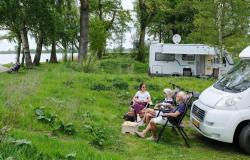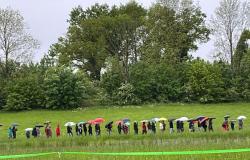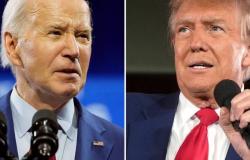Livestock farming in the Netherlands is under pressure. There will be fewer cattle rather than more. That cannot be denied, says Van Dongen. But he is confident that with the sustainability drive that has been initiated, meat from the Netherlands can maintain its position within meat exports. Van Dongen notes that it must be possible to capitalize on the additional investments that entail more sustainability.
The highlight for me was that after fifteen years of intensive lobbying, we were allowed to return to the United States with veal
Frans van Dongen, director of international affairs at COV
Van Dongen held the position of European lobbyist for about 35 years. Chairman Rob Tazelaar of the Livestock and Meat Product Board asked him for this new position. Tazelaar himself had been a civil servant in Brussels at the European Commission and was early aware of the importance of good representation in the political heart of Europe. ‘As a meat sector, we were early.’
What did your work consist of?
‘In my previous job in The Hague at the Agricultural Board, I worked within a fixed structure with meetings and consultations. There was nothing yet in Brussels. I first had to set up a structure within which I could store our groceries.
‘When I arrived in Brussels, we were on our way to 1992. The year when the internal market had to be opened and national borders were broken down.’
During your farewell at the annual meeting of the COV, that time was referred to with an anecdote.
‘Beats. That anecdote is illustrative of what we were doing at the time: harmonizing legislation. My assignment was to bring this into line with our legislation as closely as possible, with a view to the Dutch competitive position. For example, the minced meat regulations were prepared by an official from Italy who produced a document for Europe based on Italian minced meat regulations.
‘Italian minced meat is different from Dutch minced meat. In Italy, but also in France and Germany, minced meat is freshly turned when you buy it. They want to be able to eat it raw. Dutch minced meat is always eaten heated. For the Netherlands, the proposed EU legislation was unacceptable because it would make minced meat expensive.
‘There was a lot of lobbying at the time. Ultimately, pressure from the European Parliament resulted in a version that was acceptable to the Netherlands. My assignment was to ensure that the Netherlands could continue to produce competitively.’
Your work is actually divided into two: European lobby and international lobby. The BSE crisis played a major role in both. What changed as a result of the BSE crisis?
‘BSE was diagnosed for the first time in the Netherlands in 1997. However drastic that crisis was, it did give us opportunities in the reform of the Common Agricultural Policy (CAP). Knowing what I know now, I sometimes call the GLB back then a candy store. There were an incredible number of subsidy and support measures that the agricultural sector could use.
‘European agricultural policy focused on grain, dairy, beef and sheep. Before the BSE crisis, there were also many foreign cattle breeds such as Limousin and Blonde d’Aquitaine that were used in the Netherlands for beef production. Even before the BSE crisis, EU support for beef production shifted from intensive to extensive. As a result, less income support went to Dutch beef producers and pure beef production shrank drastically.
‘At that time, veal was a free sector and was not subject to premium and refund schemes. The BSE crisis made the EU aware that dairy and veal are communicating vessels. Thanks to Dutch efforts, EU support for white and pink veal was also introduced in 2000. EU premiums are now land-based, but the European support from that time has made our veal sector stronger.’
During the BSE crisis it also became painfully clear that meat cannot go without promotion. Can you explain that?
‘The BSE crisis was not foreseen. Beef prices plummeted and national borders closed. This was disastrous for a country like the Netherlands, which exported beef to Saudi Arabia and the United States, among other things. As the Dutch meat sector, we took intensive action at that time. This led to the recognition of the veal sector. At that time, the seeds for the promotion scheme for agricultural products were also sown.
‘The first was for beef. After that, Brussels also strongly supported us in being able to export to markets outside the EU again. Trade restrictions often appear to have underlying political obstacles as well. From the beginning of this century, my work also largely consisted of opening up new markets, such as veal to Japan and access for pork to China.
‘The highlight for me was that after fifteen years of long and intensive lobbying with many politically sensitive aspects, we were allowed to return to the United States with veal.’
Now that you are retiring, how will lobbying continue?
‘My work has changed significantly over the years. The CAP has been fixed and the focus is now much more on standing up for the collective interests of the European meat sector than for the individual interests of the Dutch meat sector. Push back against all negative framing around keeping livestock and eating meat.
‘That is why I decided to divide my work between two people: Robin de Bruine, who worked at Nepluvi, among others, and takes on the European and Dutch lobby. Ruben van Rooij is responsible for the international part. I have been working with him for years.
‘Lobbying is also increasingly taking place together with other European partners. The same discussions are taking place in neighboring countries about, for example, animal welfare and climate. From that point of view, it is also important that COV chairman Laurens Hoedemaker was elected chairman of the European Livestock and Meat Trades Organization last October. He has access and will play an important role in international advocacy.’
Tags: image meat Netherlands strength
-





